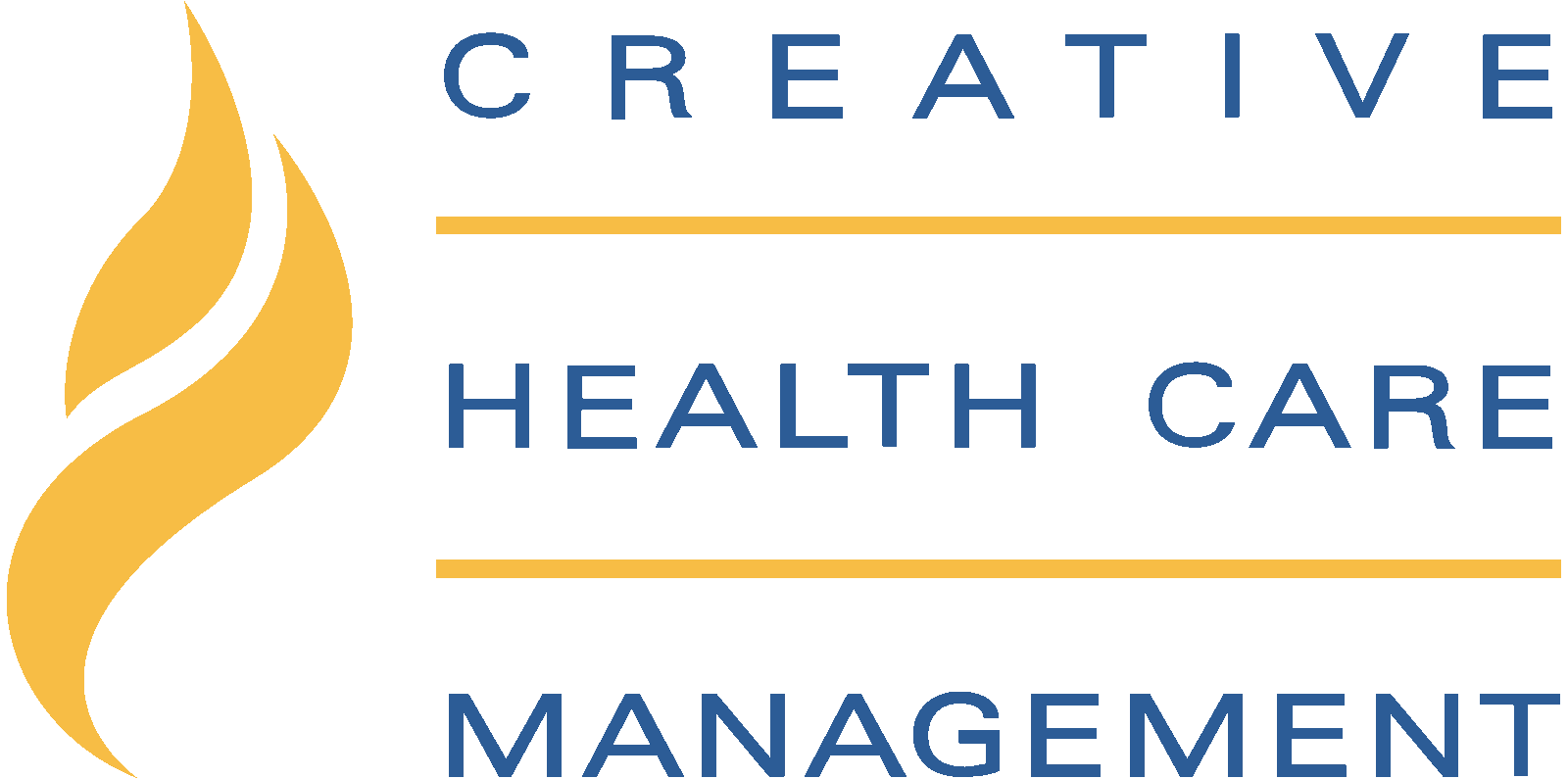Stonger Relationships Stronger Outcomes
Strengthen Every Relationship
Attuning
Connects with the patient and family with a focus on their state of being.
Communicates acceptance and respect for the person receiving care through listening, spoken words, and body language.
Recognizes the potential for EHR/technical devices to interfere with therapeutic connections; takes appropriate action to stay tuned in to the person.
Wondering
Conveys genuine interest in the person receiving care.
Asks open ended questions, and listens with a focus on what matters most to the person.
Remembers that each person has a unique backstory that will affect their interactions and responses to care.
Following
Listens to and validates the person with empathetic sounds and conscious body language.
Collaborates with the patient/family as involved partners in their own care.
Builds a sense of safety and trust by remembering specific patient and family needs and requests.
Holding
Conveys a fundamental regard for the dignity and privacy of all persons needing care.
Shares information and proactively attends to transitions so that the patient and family knows what is happening and what to expect in their care.
Recognizes anger as an expression of fear and distress and takes action to alleviate distress.
It’s easy to see how stronger relationships improve HCAHPS.
(Q1/Q5) How often did nurses/doctors treat you with courtesy and respect?
- Conveys genuine interest in the person receiving care. (wondering)
- Communicates acceptance and respect for the person receiving care through listening, spoken words, and body language. (attuning)
- Recognizes anger as an expression of fear and distress and takes action to alleviate distress. (holding)
(Q2/Q6) How often did nurses/doctors listen carefully to you?
- Listens to and validates the person with empathetic sounds and conscious body language. (following)
- Builds a sense of safety and trust by remembering specific patient and family needs and requests. (following)
- Recognizes the potential for the EHR and other technical devices to interfere with the therapeutic connection and takes appropriate action to stay tuned in to the person. (attuning)
(Q3/Q7) How often did nurses/doctors explain things in a way you could understand?
- Collaborates with the patient/family as involved partners in their own care. (following)
- Asks open ended questions, and listens with a focus on what matters most to the person. (wondering)
- Clarifies and seeks to resolve areas of concern and/or disagreement. (following)

Beyond improved HCAHPS, embedding the relational practices into your organization provides higher employee satisfaction, too.
Two of the top five drivers of employee satisfaction—relationships with co-workers and relationships with direct managers—are supported by any initiative that improves relationships. Relational excellence fosters an increase in high quality connections and team efficacy, while simultaneously buffering against stress, burnout, fatigue, and depression.
Schwartz Center. (March 2015). Building compassion into the bottom line: The role of compassionate care and patient experience in 35 US hospitals and health systems. Retrieved from https://ace-notebook.com/compassion-care-free-related-pdf.html
Finn, D., & Donovan, A. (2013). PwC’s nextgen: A global generational study 2013. Evolving talent strategy to match the new workforce reality. Retreived from http://www.pwc.com/us/en/people-management/publications/nextgen-global-generational-study.html




